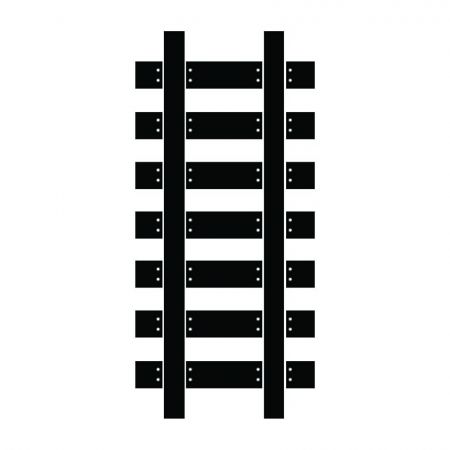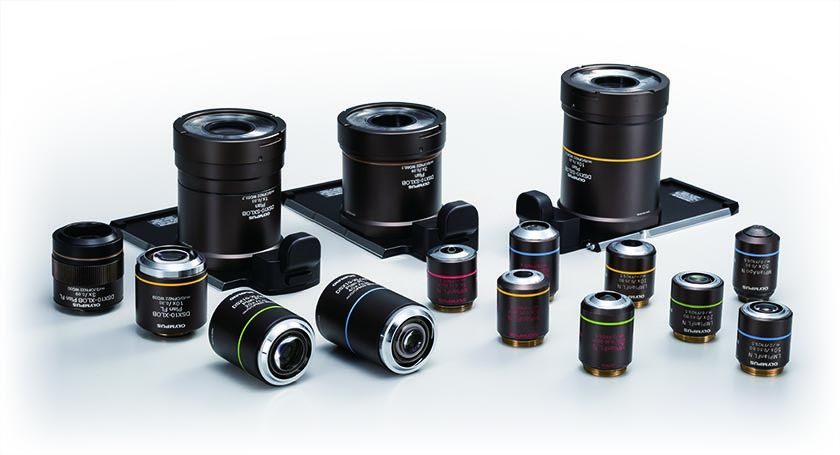Telecentric optics provide many advantages compared to conventional optics, particularly when it comes to industrial inspections. Despite this, many people remain unsure of what telecentric optics are and what they’re used for.
Today’s blog post will clear up any confusion on the topic and explain why telecentric optics are so important.
What are telecentric optics?
Telecentric optics are lenses that provide the same magnification regardless of the object's distance or location in the field of view. The impression of spatial depth in the image appears flat, so objects at two different working distances will remain the same perceived size.
Conventional optics, on the other hand, are lenses with an angular field of view that exhibit varying magnification for objects at different distances from the lens. Conventional lenses can be either entocentric, where objects further away have lower magnification, or pericentric, where objects further away have higher magnification.
Most conventional lenses are entocentric. With entocentric lenses, closer objects will appear larger than those further away. This angular field of view is also the way we see the world around us, and it helps us perceive depth.
Telecentric vs. conventional optics
So, what does an image captured with a telecentric lens look like compared to one captured with a conventional lens?
Here’s an example to illustrate the difference. Let’s say you take a photo of railroad tracks using a conventional lens. You know that the tracks stay the same distance apart throughout its entire length, but, in the image, the tracks appear to come closer and closer together as they go off into the horizon.
Now let’s say you take the same image using telecentric optics. In this case, the tracks remain the same perceived size regardless of whether they are closer to the lens or farther away. Since telecentric lenses reduce or eliminate the magnification changes, the image reveals the precise size of the tracks.
Now imagine you’re trying to measure a very small critical component using your microscope and you can understand why telecentric optics are so critical to accurate measurements.

Railroad track viewed using a conventional lens.

If you image railroad tracks with a telecentric lens, the rails look the same distance apart.
What are telecentric optics used for?
In everyday photography, a conventional lens works just fine for capturing high-quality images.
But microscopy is another story. In many applications, such as the aerospace and automotive industries, inspectors must make precise measurements from microscope imaging. Microscopes with conventional optics cannot deliver the level of accuracy needed.
If you’re trying to measure a large, three-dimensional object with a conventional lens, the measurement results from the top and bottom of the object might read differently. This perspective error—or parallax—can make it challenging to produce accurate, repeatable measurements. Not only can the perceived size of objects change, but objects closer to the lens could block other objects from view.
Telecentric optics, however, help ensure a high degree of accuracy and repeatability. In addition to eliminating parallax errors, telecentric optics also tend to have a larger depth of field and lower distortion than conventional optics. Because of these benefits, telecentric optics are built into highly reliable devices like the DSX1000 digital microscope.
A microscope equipped with a telecentric optical system can streamline the inspection process since you won’t need any extra cameras or equipment to fix the magnification changes.

Telecentric optic advantage
As manufacturers look to gain greater speed and scale over competitors, the need for efficient, accurate inspection processes will only become more important. Advances like telecentric optics can help you achieve more in less time and give your business an edge over the competition.
Related Content
5 Advantages of the DSX1000 Digital Microscope
Get In Touch


